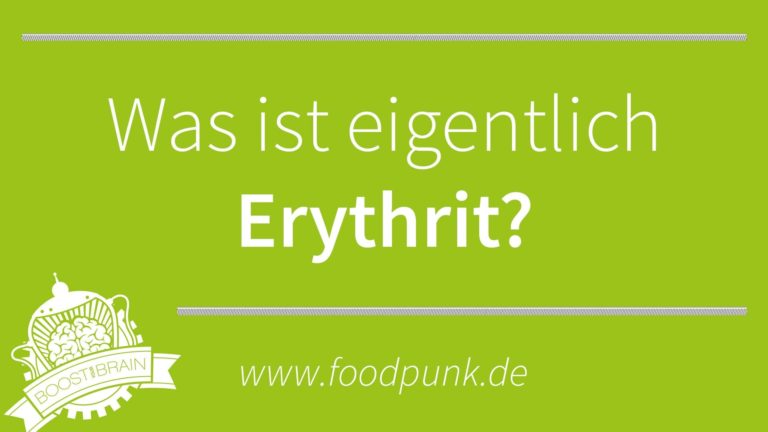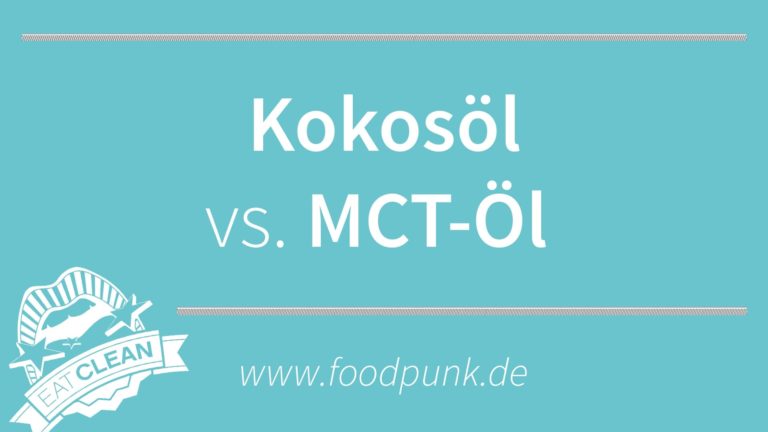This article was published in LCHF magazine issue 01/2018.
All information about the LCHF magazine can be found on the LCHF Germany website.

This article was published in LCHF magazine issue 01/2018.
All information about the LCHF magazine can be found on the LCHF Germany website.
Inflammation is a vital mechanism for protecting health. Various factors can trigger inflammation, including bacteria, viruses, chemicals, tissue damage (injury), or physical stimuli (pressure, varying temperatures).
If the body registers such a problem, a complex immune response is activated in a very short time and inflammation develops. Messenger substances of the immune system coordinate a dilation of the vessels to allow higher amounts of blood to reach the “accident site”. As a result, the temperature in the inflamed area rises and the area appears reddened. Defense cells of the immune system (granulocytes, lymphocytes, macrophages) now fight bacteria or foreign bodies.
Depending on the need, the hypothalamus also controls a rise in temperature by a few degrees, which we perceive as a fever.
Once the cause of the problem is addressed, the signs of inflammation gradually recede. The fever drops, the redness subsides and the swelling goes down.
Just as important as the rapid response and rapid activation of the immune response is that the body has the ability to stop the immune response at the right moment.
Table of contents
If the immune response cannot be stopped at the right moment, the ongoing activity of the immune cells may result in damage to the body’s own tissue. The “weapons” immune cells use against end-ringers include reactive oxygen species (ROS), which are used almost like “bullets.” These ROS can just as easily damage our own cells.
If the complex mechanism for normal containment of the immune response fails, chronic disease can result. These include autoimmune diseases such as multiple sclerosis, rheumatoid arthritis or type 1 diabetes, but also chronic inflammatory bowel diseases such as Crohn’s disease or ulcerative colitis.
One often reads that sufferers of certain inflammatory diseases turn to a LCHF or ketogenic diet to achieve an anti-inflammatory effect.
In order to assess whether such a diet can have an effect on inflammation, the underlying mechanisms must be understood. These go down to the transcriptional level – the level of gene regulation. Transcription factors regulate which gene is read and which is not.
You also want to #lose weight successfully and deliciously?

The transcription factor NF-κB (pronounced “NF-kappaB”) plays a central role in the inflammatory process. It regulates some genes responsible for the formation of enzymes and messenger substances of the immune response. Thus, NF-κB activity enhances the formation of interleukins (e.g., IL-6). These are messenger substances that stimulate immune cells.
By activating the formation of the enzyme cyclooxygenase, NF-κB promotes the formation of prostaglandin-E2, a messenger substance that causes, among other things, the swelling of tissues, increased pain sensation or fever.
Because of its proinflammatory effect, research is being conducted to determine how inhibition of the transcription factor can lead to a decrease in inflammation. Drugs are being developed to reduce NF-κB activation. These include so-called TNF inhibitors, which inhibit the so-called tumor necrosis factor (TNF) a few steps further up the signaling pathway. TNF activates NF-κB. If TNF is inhibited, NF-κB activity is also reduced. For example, the active medical ingredient adalimumab – a TNF inhibitor used for autoimmune diseases such as Crohn’s disease – exerts its effect.
As is already clear, the regulation of these signaling pathways is highly complex and occurs in several steps. A wide variety of receptors and messenger substances are involved, and at each individual point in the signaling pathway a component can be inhibited or activated.
Exciting in the context of ketogenic diets is the finding that calorie reduction can block the formation (expression) of NF-κB and thus reduce inflammatoryresponses1,2. The ketogenic diet showed comparable effects with calorie reduction in variousstudies3,4. At the biochemical level, both nutritional therapy approaches have similar mechanisms of action.
A 2017 University of California study examined the mechanisms of action by which calorie reduction and a ketogenic diet influence an immune response
5
. The study revealed that the energy metabolism of the cell plays a central role. Both ketogenic diets and caloric restriction are characterized by lower glucose intake and glucose metabolism. The absence of glucose altered energy metabolism in the cells of the rats studied such that the signaling pathway of NF-κB was inhibited, which suppressed the pro-inflammatory effects of NF-κB.
Conversely, when glucose availability is high, the pro-inflammatory pathway is activated. In short, glucose promotes inflammation, and the absence of glucose inhibits inflammatory processes.
Other studies, especially those investigating the influence of ketogenic diets on neurodegenerative diseases (including Alzheimer’s disease, multiple sclerosis), show other mechanisms of action of a ketogenic diet that may also be responsible for the anti-inflammatory effect.
For example, compared to glucose metabolism, ketone body metabolism produces fewer free radicals and reactive oxygen species (ROS)
6
.
The high fat intake on a ketogenic diet, when properly composed, also results in an increased amount of anti-inflammatory polyunsaturated fatty acids (omega-3). These can reduce inflammatory responses via binding to specific receptors (PPARs)
7
. This effect also appears to occur via an effect on NF-κB.
The complete mechanisms of action of the interaction of ketogenic diet and inflammation have not yet been elucidated, especially in human studies. However, the current state of studies, as well as reports from people affected by chronic inflammatory diseases, show an interesting potential. Since a ketogenic diet, properly composed, has other positive effects and is associated with low risks, this type of diet is a promising way for sufferers to alleviate symptoms.
In the linked article, I described the ketogenic diet, its composition, and how to get started. In addition, you can find more background articles on ketogenic nutrition on our blog. In the “Recipes” section you will find ketogenic recipes. Those who want more comprehensive guidance to get started can choose my book “Low Carb typgerecht” or have an individual diet plan created.
Always stay up to date with our Newsletter.
Photo: Shutterstock / nobeastsofierce
1YungKJ et. al. 2009. effect of short term calorie restriction on pro-inflammatory NF-kB and AP-1 in aged rat kidney. Inflamm Res. 58(3). 143-50.
2TiernanJ et. al. 2011. influence of caloric restriction on constitutive expression of NF-κB in an experimental mouse astrocytoma. PLoS One. 6(3). e18085.
3MaaloufM et. al. 2009. the neuroprotective properties of calorie restriction, the ketogenic diet, and ketone bodies. Brain Res Rev. 59(2). 293-315.
4VeechRL et. al. 2017. ketone bodies mimic the life span extending properties of caloric restriction. IUBMB Life. 69(5). 305-314.
5ShenY. et. al. 2017. bioenergetic state regulates innate inflammatory responses through the transcriptional co-repressor CtBP. Nat Commun. 8(1). 624.
6VeechRL. 2004. the therapeutic implications of ketone bodies: the effects of ketone bodies in pathological conditions: ketosis, ketogenic diet, redox states, insulin resistance, and mitochondrial metabolism. Prostaglandins Leukot Essent Fatty Acids. 70. 309-319.
7CuzzocreaS et. al. 2003. reduction in the evolution of murine type II collagen-induced arthritis by treatment with rosiglitazone, a ligand of the peroxisome proliferator-activated receptor gamma. Arthritis Rheum. 48(12). 3544-56.
Similar posts by Foodpunk

What actually is erythritol? – The daily bite of knowledge
We have summarized all the pros and cons in this small article.

You know the saying, "In summer we age and in winter we grow young again!"? There is something to it! We explain to you why cold can have a positive effect on fat burning, the immune system and deep sleep.

All about ketogenic diet & 3 day plan to get started
Want to start a ketogenic diet? Then this article is a must for you.

What is cortisol? – The daily bite of knowledge
Cortisol is a hormone produced in the adrenal cortex. Because of its effect on the body, it is often referred to as "the stress hormone."

No menstruation? This may be the cause
The absence of your menstruation can have many reasons. In this article we explain the most common causes of amenorrhea.

Do you know why sleep is also important for losing weight and too little sleep is bad for you? Here we explain it to you!

Coconut oil vs. MCT oil – The daily bite of knowledge
A comparison of the two fats in a practical overview.